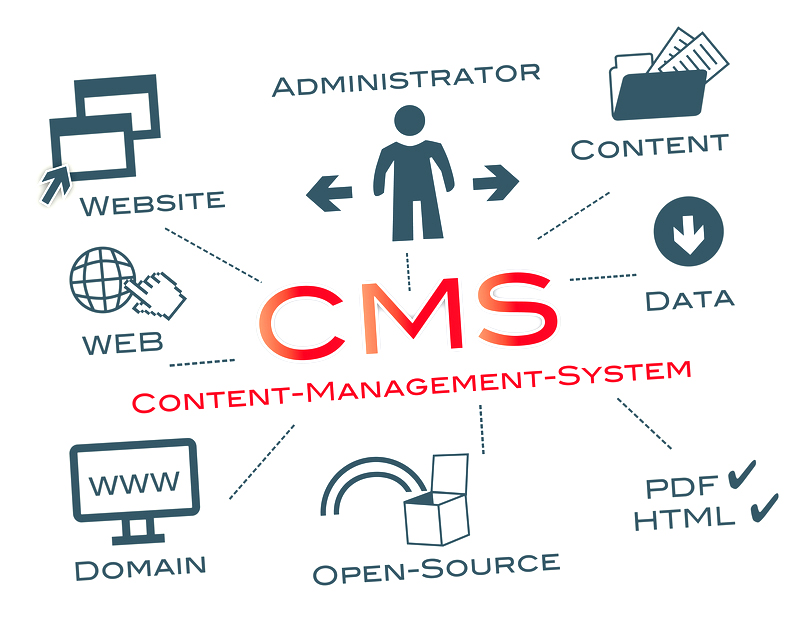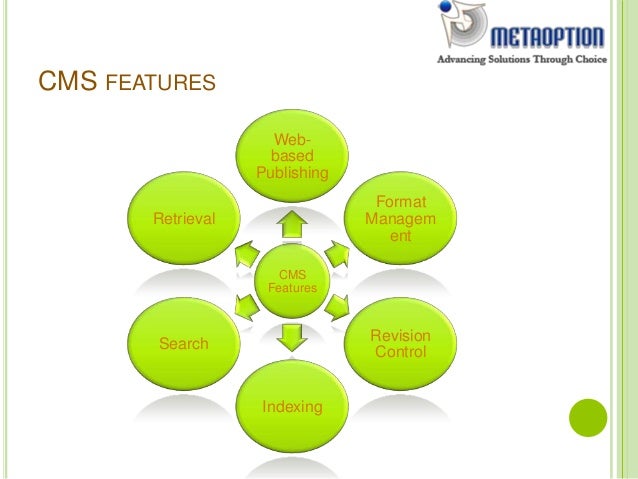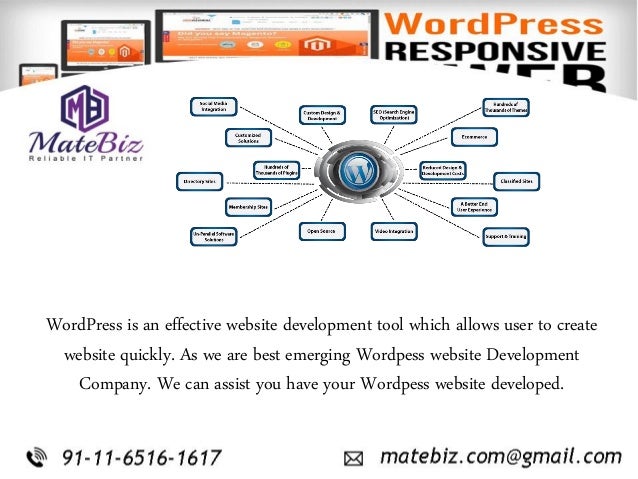

The importance of quality only grew after the war. To simplify the process without sacrificing safety, the military began to use quality techniques of sampling for inspection, aided by the publication of military-specification standards and training courses in Walter Shewhart’s statistical process control techniques. The armed forces initially inspected virtually every unit of product. Quality became increasingly important during World War II, for example, when bullets made in one state had to work with rifles made in another. These documented best practices turned into standard practices for quality management systems. As more people had to work together to produce results and production quantities grew, best practices were needed to ensure quality results.Įventually, best practices for controlling product and process outcomes were established and documented. When the Industrial Revolution came, early quality management systems were used as standards that controlled product and process outcomes. The history of quality can trace its roots back centuries when craftsmen began organizing into unions called guilds.

industrial influence on quality and standardization The goals are to determine the effectiveness and efficiency of each process toward its objectives, to communicate these findings to the employees, and to develop new best practices and processes based on the data collected during the audit. Review and improve detail how the results of an audit are handled. The specifics vary greatly from organization to organization depending on size, potential risk, and environmental impact. Control and MeasureĬontrol and measurement are two areas of establishing a QMS that are largely accomplished through routine, systematic audits of the quality management system. Company intranets are increasingly being used to assist in the deployment of quality management systems. Deployĭeployment is best served in a granular fashion by breaking each process down into subprocesses and educating staff on documentation, education, training tools, and metrics. Senior management should oversee this portion to ensure the needs of the organization and the needs of its customers are a driving force behind the systems development. The design and build portions serve to develop the structure of a QMS, its processes, and plans for implementation. The basic steps to implementing a quality management system are as follows: This structure is based largely on the plan-do-check-act (PDCA) cycle and allows for continuous improvement to both the product and the QMS. The QMS design should be influenced by the organization’s varying objectives, needs, and products and services provided. Quality Management System (QMS) Principles Establishing and implementing a QMSīefore establishing a quality management system, your organization must identify and manage various connected, multi-functional processes to help ensure customer satisfaction.
WHAT IS CONTENT MANAGEMENT SYSTEM EXAMPLES ISO
Other standards related to quality management systems include the rest of the ISO 9000 series (including ISO 9000 and ISO 9004), the ISO 14000 series ( environmental management systems), ISO 13485 (quality management systems for medical devices), ISO 19011 (auditing management systems), and IATF 16949 (quality management systems for automotive-related products). ISO 9001:2015 specifies the requirements for a QMS that organizations can use to develop their own programs. ISO 9001:2015 is the most recognized and implemented quality management system standard in the world.

Defining, improving, and controlling processes.These benefits offer additional advantages, including:

WHAT IS CONTENT MANAGEMENT SYSTEM EXAMPLES PDF
PDF e-standard Benefits of quality management systems


 0 kommentar(er)
0 kommentar(er)
